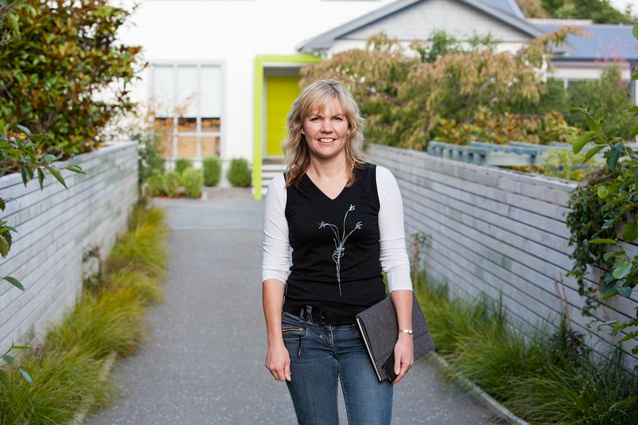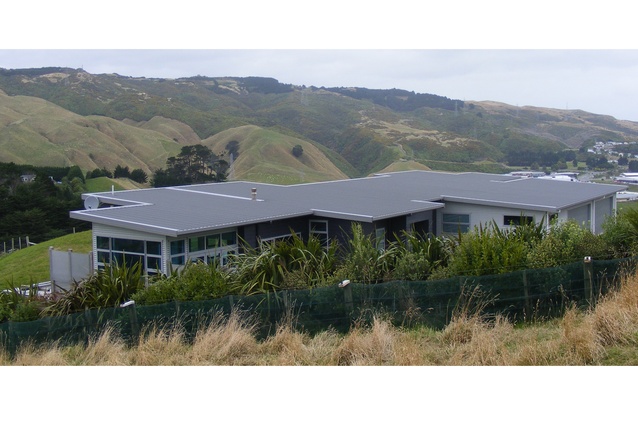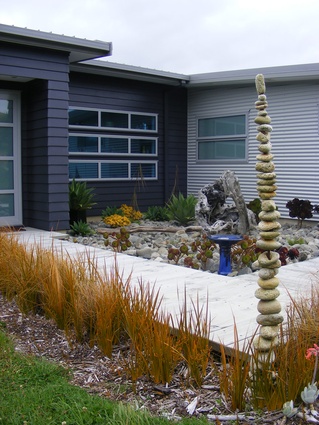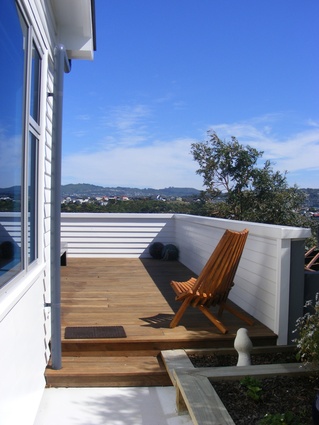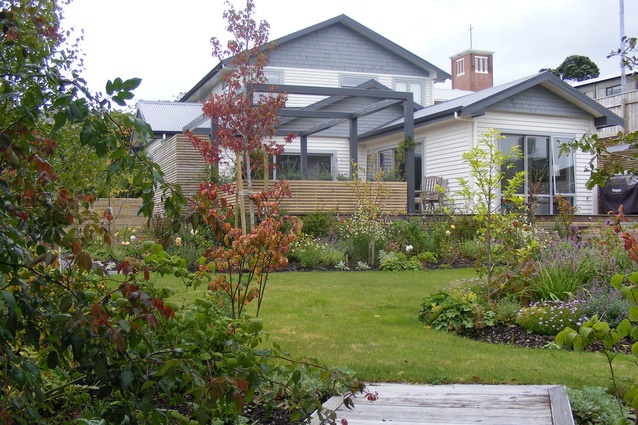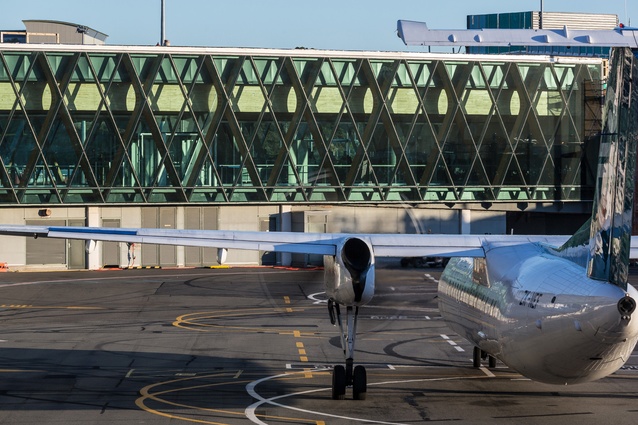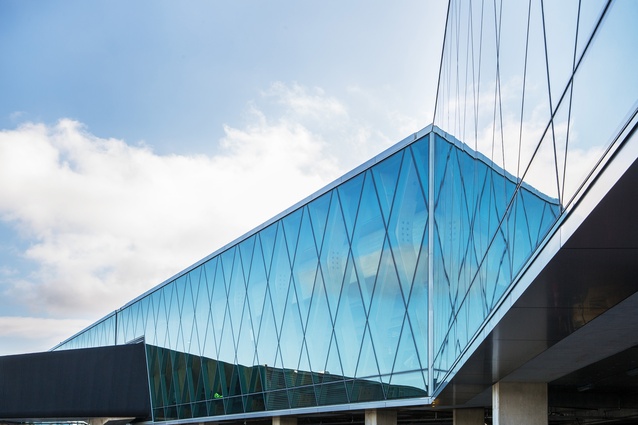Flying high: Katherine Skipper
Katherine Skipper began her career as a graduate at Warren and Mahoney before leaving to start her own practice Katherine Skipper Designer, which she ran for 10 years. She re-joined the firm in 2012 and was appointed principal in November 2015.
One of a handful of women architects in a senior leadership role at a large New Zealand practice, Skipper spoke with Amelia Melbourne-Hayward about working as project architect on the extension to the terminal and apron at Wellington Airport, juggling parenthood and architecture and the realities of starting her own practice.
Amelia Melbourne-Hayward: You have been involved in architecture all your working life. Was there ever any other career path that you contemplated?
Katherine Skipper: As a child, my dream was to be an astronaut, a dream that lingered well into my teens when the reality of what that meant in terms of study and where I’d have to live became clear. At college, the guidance counsellor suggested architecture due to my strength and interest in physics, maths and art. The one-day placement in an architectural office she arranged, where the architect spent the whole day doing a door schedule, put me right off for a number of years!
At university I studied law and physics but it was soon apparent this wasn’t hitting the buttons for me. I was bored. The ability to be creative and yet methodical, to have a career that could expand and contract in intensity around parenthood drew me back to architecture.

AMH: Making the jump from Warren & Mahoney to start your own studio after only a couple of years in practice was a huge step. Why did you make this decision to branch out by yourself?
KS: Starting my own studio sounds more glamorous than the reality – an architectural graduate working from the dining table. I had moved from Wellington to Auckland, and whilst my exposure to fantastic projects as part of the Warren and Mahoney team was exciting and rewarding, I felt the need to understand the entire process of architecture, from winning work, design and delivery as well as making a living. I had achieved a certain level of technical ability and the idea of being the master of my own destiny appealed.
AMH: What were some of the most challenging parts of running your own practice? And the most enjoyable?
KS: Primarily my time in private practice was spent as a sole practitioner, and for much of that time as an architectural graduate, without full access to the NZIA support network and practice documents. Not having a trusted peer or a voice of reason to refer to when the design was getting a bit fruity was the biggest challenge. I would often run concepts past my ex-husband and, to give him credit, he was a valuable sounding board. I missed that designer-to-designer interaction that pushes past a mere solution to a new, unexpected place.
Working with clients from the initial meeting right through to completion gave me immense satisfaction. Knowing that my work resulted in a positive outcome for what were typically residential extension and new-build clients was very enjoyable. I was always conscious of the responsibility we have as architects to do our very best for these people, who often become friends. Meeting and working with contractors who are craftsmen in their own right was an everyday privilege and I thoroughly enjoyed the ‘lessons’ learnt on site.
AMH: You have said that “architecture is a career that accommodates having a family”. Does this statement still ring true for women architects who don’t have the option or means to start their own practice in order to gain some flexibility around the demands of parenthood?
KS: I’m interested by your statement around not having the option or means to start your own practice. Choosing to work for myself took an enormous leap of faith, and was risky for us as a young family. The budget was closely analysed and belts were tightened – there was a real and immediate effect on the family so I had to go into this with eyes wide open. All architects have the option to start their own practice, however clear naval gazing is required to ensure you really do want to do it all – including chasing unpaid invoices!
I still believe that architecture allows flexibility for parents, both men and women, however that flexibility will impact on the type and scale of project which can be achieved in a professional, appropriate manner. The more commercial the project it seems, the clearer the requirement for standard availability during normal working hours.
Residential projects are different. Most difficult for me when my children were younger were the evening and weekend meetings with clients, to fit in around their work hours. This required village-type childcare, relying on family and friends. Overall, I believe the architectural profession accommodates parenthood – with the rider that parenthood may affect the level of responsibility undertaken. The question may more accurately be – does parenthood accommodate architectural practice?
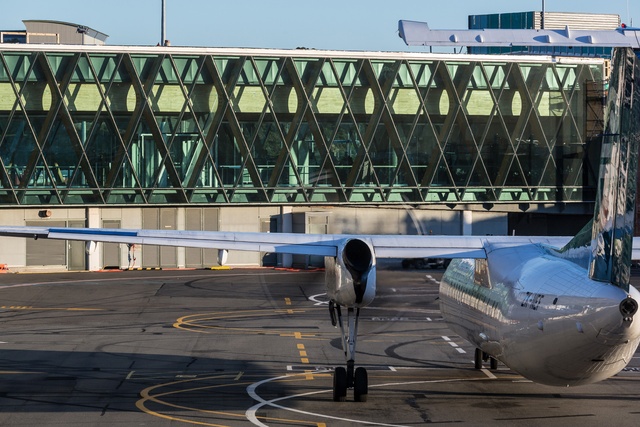
AMH: As one of a handful of women architects in New Zealand in a leadership role in a large firm, what advice would you give other women who would like to be in your position?
KS: Work hard, know what you want to achieve, and be prepared to take the long way round to get there if you have to. Be open to constructive criticism and learn to take feedback in a professional manner. Be kind to yourself and to others – provide support to those around you, form supportive professional and pastoral networks, and celebrate your achievements. Learn to speak up, to speak out and to value your own opinions whilst respecting those of others.
AMH: Do you see the numbers of women in senior management roles in New Zealand changing? How can we encourage more equality in this area?
KS: Architecture is typically a life-long profession, and therefore change takes time. I definitely see the numbers of women in senior management roles changing in the years ahead, but only at the pace at which senior management refreshes. We have many young women in our organisation who show the qualities of future leaders, and I have confidence that some of them will target this career progression.
However, we need to be careful in assuming a 50/50 split is the nirvana of equality. For me, equality is having the option to choose your own path, and to have equal options available for all people. Once this is achieved, the result may never be 50/50, male/female. It is possible that female architects will always tend towards small practice and bespoke projects, because fundamentally women and men are different in their approach and, quite often, their aspirations.

We can encourage equality within the profession by being visible across the spectrum of our profession both male/female but also large/small and commercial/residential. We should engage with children at tertiary and secondary school but also at primary and pre-school level to encourage girls to think of construction-based careers early. If there was full public visibility across the breadth of work architects do every day, the prevalence of women in the profession may be clearer to the general public.
AMH: You worked on the recently completed Wellington International Airport Terminal South Extension project. What skills were most put to the test during this enormous project build?
KS: I was project architect as part of the overall Warren and Mahoney team to deliver this project in conjunction with the other consultants and the contractor.
This has been a long project. My involvement started in September 2012, so just about four years. One of the key requirements has been stamina. Over the years there have been many changes to the wider team, and the importance of continuity has become very clear to me. Projects of this nature require a deep understanding of the client’s process and outcomes, which really comes with time.
Certainly my technical skills were put to the test – a live airport environment located in harsh coastal conditions demands a high attention to construction detailing. Fortunately, being part of the wider Warren and Mahoney team results in knowledge sharing and design and technical review processes to control outputs at every stage.
Communicating and completing the briefing process with internal and external stakeholders, and understanding the legislative and technical requirements of an airport, required the ability to identify key requirements, and how stakeholder’s expectations could be managed within those.
Couple that with the design decision to use curved laminated structural timber to support a unitised glass façade for the South West Pier extension, and there were many challenges to overcome. Collaborative working styles were pivotal to achieving the result we wanted for our client.
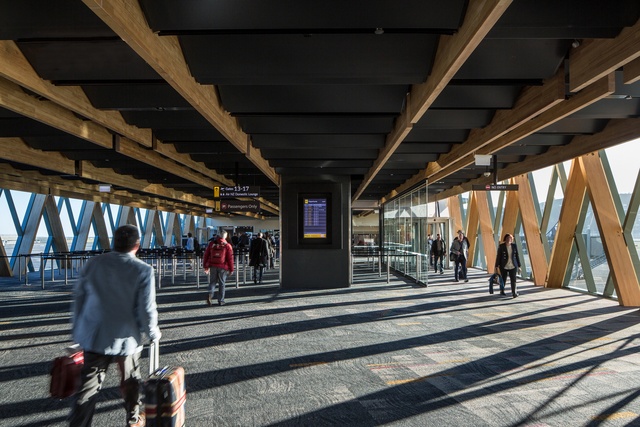
AMH: What aspects of the completed project are you most proud of? Were there any major hiccups during the build process?
KS: I like that you can stand in the extension and see from North apron to South coast through the façade. The original terminal design completed by CCM in the 1990s elevated the passenger lounge above the baggage hall, enabling uninterrupted views across the apron to the runway – giving those in the terminal a wonderful sense of connectedness. We wanted to build on this with the TSE project, and I am proud that the completed design feels not only lounge-like, but connected to the apron and the operation of the aircraft below.
Secondly, it was important that the structural timber elements, whilst large scale, also created a human scale opportunity for inhabitation. I always imagined small children standing at the facade between the glulam columns, faces pressed up to the glass to watch the planes, excited to be at the airport. Every time I am at the airport now I see this – not only children but adults too.
AMH: Over the years you’ve worked on a range of typologies, from residential to workplace. Which type do you enjoy working on the most, and why?
KS: For me, the basics are always the same: there is a client(s), with a specific set of prerequisites, asking for a design response unique to them – and a range of technical requirements to coordinate and resolve. What alters is the scale. What I most enjoy about any project is the relationships formed with clients, consultants and contractors. The architect may have the initial vision, but working with others to deliver on that vision is hugely enjoyable, no matter the project.
Part of the reason I returned to Warren and Mahoney in 2012 was the opportunity to work on more complex projects and those which would impact on the lives of many.

AMH: If you could improve one thing about the urban fabric of Wellington, what would it be?
KS: I’m a big fan of Wellington, having spent most of my life here. The nearness of everything due to a compact city centre and the ability to walk to meetings, catch public transport easily and connect with the harbour and the botanical gardens (on a good day) is fantastic.
I believe it will be important for Wellington to continue to develop inner-city residential options for a range of household types, including families. For our city to grow and thrive we need diversity. A more pedestrian-friendly route to the waterfront from the city would be nice too!
AMH: Finally, what inspires your architectural work? Music, films, books, other architects, styles?
KS: In thinking of how to answer this, I tried to identify how it is I feel when I’m in the throes of inspiration. It comes down to an encompassing feeling of positive energy, where one idea bustles over the next in your mind, building to a conclusion with a shape, texture and a solution. At the same time it’s frustrating that, with pencil in hand, sometimes you just can’t keep up with (or adequately illustrate) the vision within.
For me, this kind of work happens often when I’m doing something totally unrelated to architecture – it could be watching a live performance, listening to music, or walking with my girls in the bush. It could equally be standing at the table in the middle of the studio with my peers, pens in hand, talking through a design, feeding off ideas and building a collective result greater than the sum of its parts.
I watched a program recently that featured the work that Sir Miles Warren and Maurice Mahoney did in Christchurch in the 1960s. Do I particularly love Brutalism? No. But I can’t tell you how inspiring is it to be reminded that the process of designing and delivering architecture is enduring, and makes a difference.

